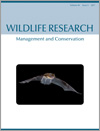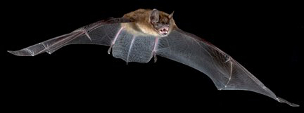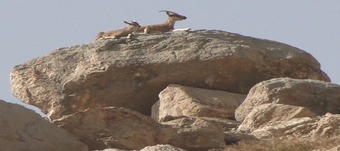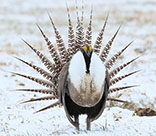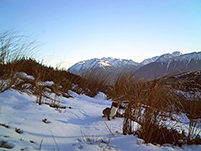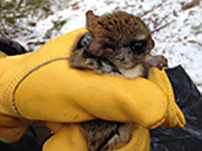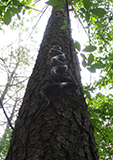WR17018The invisible harm: land clearing is an issue of animal welfare
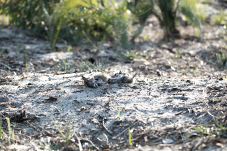
Despite evidence of the harm that land clearing causes to individual animals, such harm is either ignored or considered only indirectly in environmental decision-making. The clearing of native vegetation kills many of the animals present and causes injuries and other conditions that are physically painful and psychologically stressful. Environmental decision-makers should identify and evaluate the harm that proposed clearing actions will cause.


